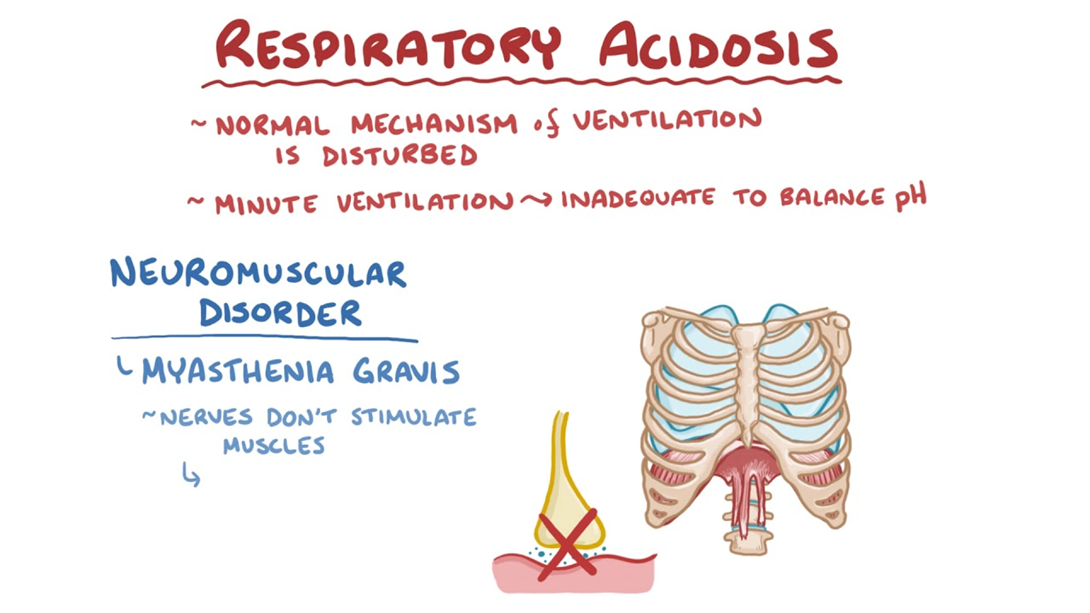A nurse in a provider's office is collecting data from a client who is 1 month postoperative following an ileostomy. Which of the following statements by the client indicates the client is in the acceptance stage of grieving?
"I have purchased a stoma cap I can use when needed."
"I have my partner empty my pouch for me every morning."
"I am embarrassed by the odor that comes from my ileostomy."
"I miss going to my church meetings because of this ostomy."
The Correct Answer is A
Choice A reason: Purchasing a stoma cap that can cover and conceal the ileostomy when not in use indicates that the client is in the acceptance stage of grieving, as it shows that they have adapted to their new condition and are able to resume their normal activities and social interactions.
Choice B reason: Having their partner empty their pouch for them every morning indicates that the client is in the denial stage of grieving, as it shows that they are avoiding or rejecting their new condition and are dependent on others for their care.
Choice C reason: Being embarrassed by the odor that comes from their ileostomy indicates that the client is in the depression stage of grieving, as it shows that they have low self-esteem and negative feelings about their new condition and its impact on their quality of life.
Choice D reason: Missing going to their church meetings because of their ostomy indicates that the client is in the anger stage of grieving, as it shows that they have resentment and frustration about their new condition and its interference with their previous routines and values.
Nursing Test Bank
Naxlex Comprehensive Predictor Exams
Related Questions
Correct Answer is A
Explanation
Choice A: This is correct because suction equipment is essential for clearing the airway of secretions or vomitus during or after a seizure. The nurse should have suction equipment ready and accessible at the client's bedside at all times.
Choice B: This is incorrect because backboard is not needed for a client who has a seizure disorder. Backboard is used for immobilizing the spine in case of a suspected spinal injury.
Choice C: This is incorrect because padded tongue blades are not recommended for a client who has a seizure disorder. Padded tongue blades can cause injury to the teeth, gums, or tongue if inserted during a seizure. The nurse should never force anything into the mouth of a client who is having a seizure.
Choice D: This is incorrect because wrist restraints are not indicated for a client who has a seizure disorder. Wrist restraints can cause injury or skin breakdown if applied during a seizure. The nurse should never restrain or restrict the movements of a client who is having a seizure.
Correct Answer is D
Explanation
Choice A reason: PaO2 85 mmHg is within the normal range of 80 to 100 mmHg and does not indicate any hypoxemia or oxygen deficiency.
Choice B reason: pH 7.47 is within the normal range of 7.35 to 7.45 and does not indicate any acid-base imbalance.
Choice C reason: HCO3 25 mEq/L is within the normal range of 22 to 26 mEq/L and does not indicate any metabolic disturbance.
Choice D reason: PaCO2 55 mmHg is above the normal range of 35 to 45 mmHg and indicates respiratory acidosis, which is a condition where the lungs cannot eliminate enough carbon dioxide and the blood becomes too acidic. This can be caused by pneumonia, which can impair gas exchange and ventilation.

Whether you are a student looking to ace your exams or a practicing nurse seeking to enhance your expertise , our nursing education contents will empower you with the confidence and competence to make a difference in the lives of patients and become a respected leader in the healthcare field.
Visit Naxlex, invest in your future and unlock endless possibilities with our unparalleled nursing education contents today
Report Wrong Answer on the Current Question
Do you disagree with the answer? If yes, what is your expected answer? Explain.
Kindly be descriptive with the issue you are facing.
